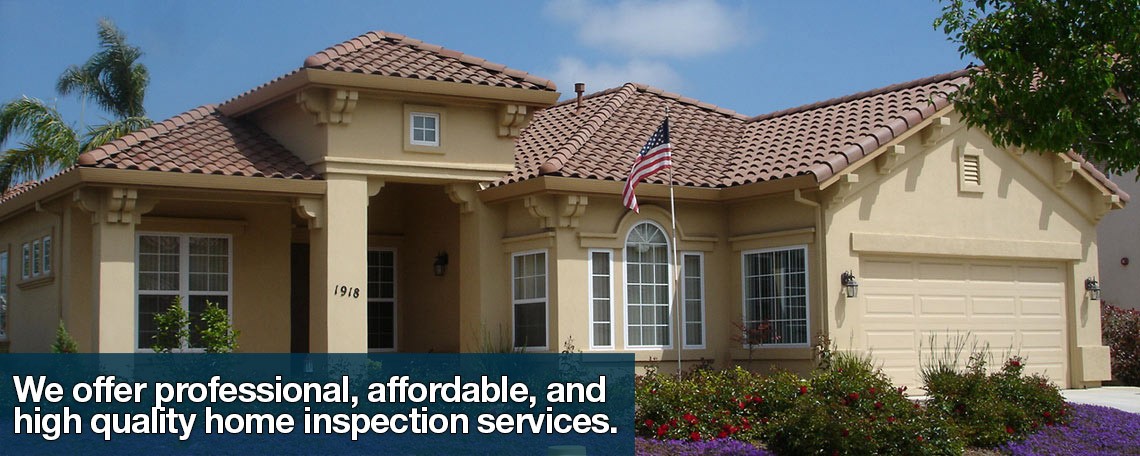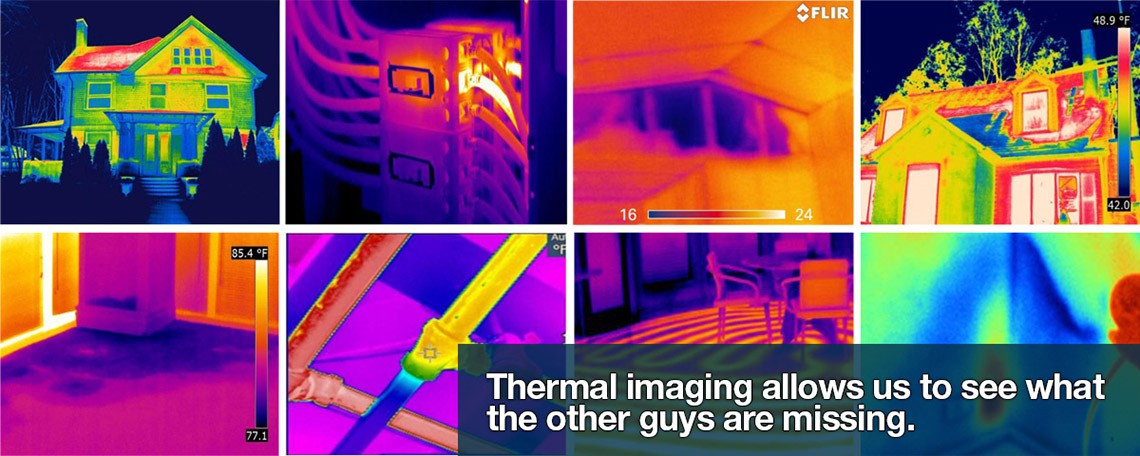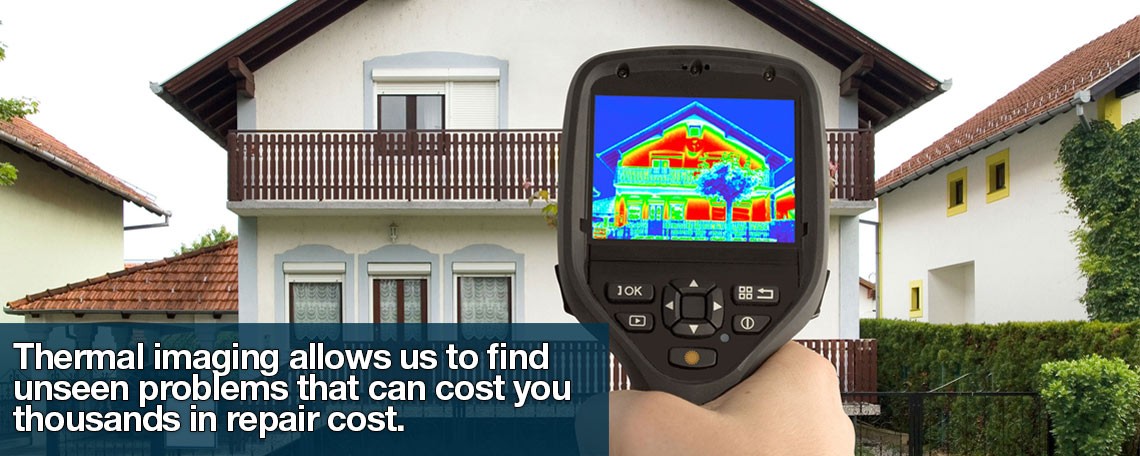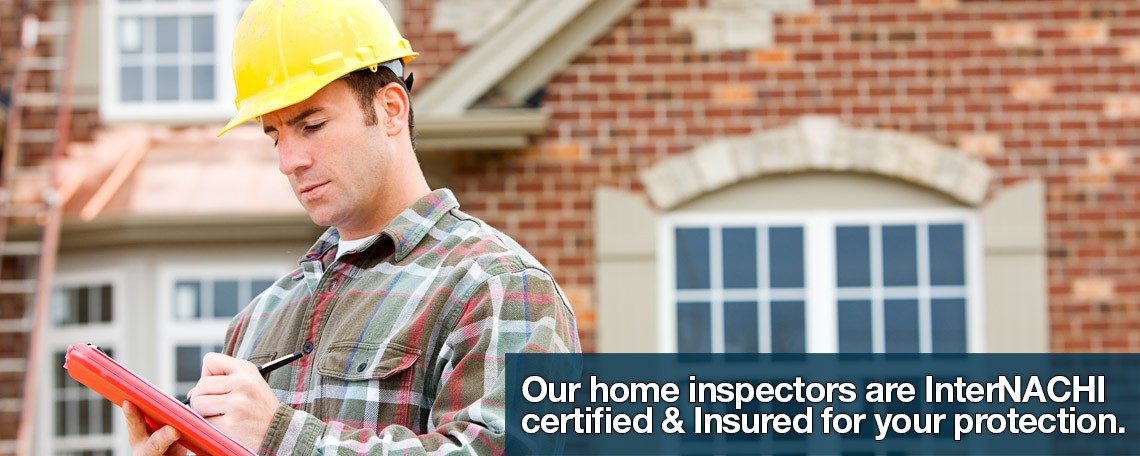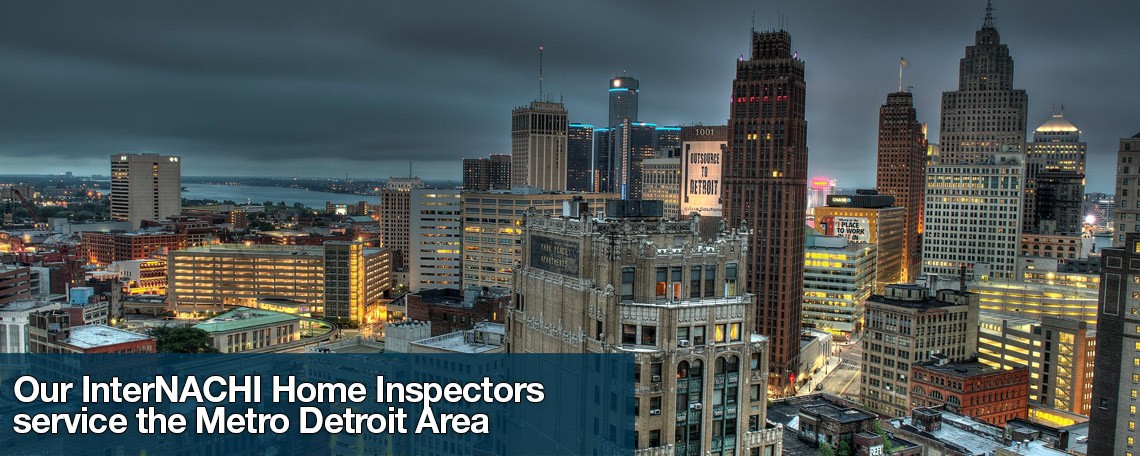Here are the five essential differences between a municipal inspection by the local building department and a private inspection by a qualified home inspector:
1. A building inspection is strictly for building code compliance, but it is possible for a home to be poorly built and still comply with code. Home inspections deal with all kinds of substandard conditions, including those that do not involve code, such as poorly fitted doors, poorly mitered trim, missing tile grout, missing shelves in cabinets, sloped floors, loose toilets and faucets, etc.
2. A building inspection usually lasts about 15 to 30 minutes, while a home inspection lasts from 2 1/2 to 4 hours. This is because many more things are inspected and tested in the course of a home inspection.
3. Building inspectors simply look at the completed construction. They do not test the operational condition of fixtures and appliances. Faucets are not turned on, drains are not tested for leaks, appliances are not operated, smoke and carbon monoxide detectors are not tested, and so on.
4. Gas and electrical services to a home are not turned on until the final inspection is completed and the home is signed off. The building inspector can approve the appearance of the wiring and gas piping, but nothing is tested as part of the final inspection because you cannot test fixtures without gas or electricity. Home inspectors arrive when utilities have been turned on. They plug testers into outlets to ensure grounding, correct polarity, and ground fault protection. They operate built-in fixtures and appliances such as dishwashers, garbage disposals, lights, ceiling fans, exhaust fans, electric ovens, garage door openers, and more. They also test the gas-burning fixtures such as forced air furnaces, water heaters, gas-log fireplaces, and cooking appliances.
5. Building inspectors perform a walk-through inspection only. They do not crawl through subareas or attics, and they do not walk on roofs. Home inspectors do all of these things, enabling them to identify construction defects that routinely go unnoticed during a municipal inspection.
Veteran home inspectors know that all brand new homes have defects of various kinds, usually minor but sometimes major. Examples include broken roof tiles, missing roof flashing, attics without insulation, furnaces improperly installed in attics, congested drainpipes, drains that leak, non-tempered glass next to bathtubs and showers, inoperative GFCI outlets, ungrounded outlets, drain vents that terminate in attics, chimneys in contact with combustible materials in attics, loose safety rails, disconnected air ducts under the house, PVC discharge pipes on water heater relief valves, and this list could go on and on.
These are the reasons why people who buy brand new homes should hire an independent home inspector. A home inspection gives homebuyers the best opportunity to take advantage of the builder’s warranty. Bypassing an inspection leaves undisclosed defects to be discovered at a later date, after the builder’s warranty has expired.
